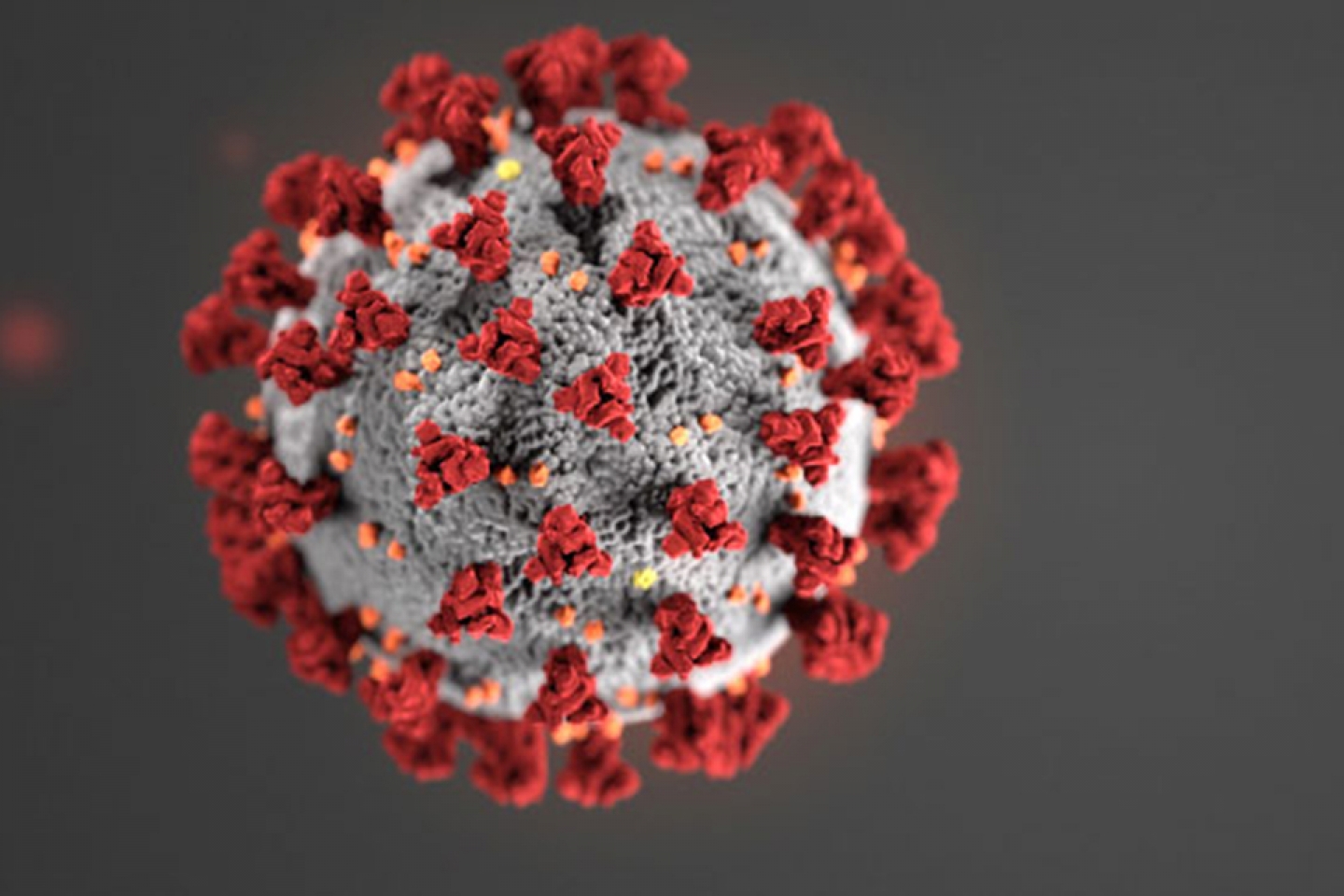
For most of the American public, the immediate health risk from the new coronavirus, which causes COVID-19, is considered low. People in communities where ongoing community spread of the virus has been reported are at elevated, though still relatively low, risk of exposure.
The virus that causes COVID-19 is thought to travel from person to person through droplets in the air, and from surfaces to people who touch the droplets. While some patients have died, so far it seems that most cases are mild; the elderly and those with certain underlying health conditions, such as heart disease, lung disease and diabetes, are at greater risk of serious illness.
According to the Centers for Disease Control and Prevention, it appears people are most contagious when they are the sickest (i.e. most symptomatic). It might be possible that symptoms—fever, cough, shortness of breath—may not appear for two to 14 days, and during that time a carrier can pass the virus along to others. Patients who have these symptoms, or have come in contact with those who have, may need to isolate themselves to avoid contact with others, in consultation with their doctors.
Below are specific, evidence-based steps that patients can take to avoid getting sick and safeguard their loved ones.
1. Wash yourhands regularly: Run your hands under water (warm or cold) and soap up—fronts and backs, between fingers, under nails—for 20 seconds, or the time it takes to sing one verse of “Old MacDonald Had a Farm.” Rinse then grab a clean towel and use it to turn off the tap. No sink? Pull out hand sanitizer — 60 percent alcohol is most effective — and rub it in for about 20 seconds. Press elevator buttons and flip light switches with knuckles, not fingers. Instead of shaking hands, knock elbows, which has the added benefit of making people laugh.
2. Disinfect surfaces and objects like faucets, doorknobs, phones and keyboards with regular household cleaning spray or wipes designated to eliminate common viruses. Use wipes after touching surfaces in public places like stores and gyms.
3. Picture your eyes, mouth and nose as viral gateways to your lungs. Use tissues to itch your nose, sneeze or cough, then throw them away. If you run out of tissues, cough in your elbow. And when possible, avoid people who are sick.
4. The symptoms of COVID-19 are often similar to those of other respiratory virus infections, such as influenza. These symptoms include fever, cough and shortness of breath. The severity of symptoms can range from mild to severe. While a small fraction of patients with COVID-19 require intensive care, most cases are mild.
5. If you have classic cold symptoms, it’s best to just stay home and get better. If symptoms include fever over 100 degrees Fahrenheit, muscle aches or more severe symptoms than your usual cold, contact your healthcare provider about a video visit before visiting the ER. If you don’t have a regular primary care physician, you can use NYP OnDemand. If you also experience shortness of breath, immediately contact your doctor. If you have symptoms and need to leave your house for treatment, put on a facemask. If you don’t have a face mask, cough into tissues, disposing them after use, until you can get a mask at a healthcare facility. And be sure to frequently wash your hands or use hand sanitizer.
To read more about the novel coronavirus (COVID-19), please visit https://weillcornell.org/coronavirus.